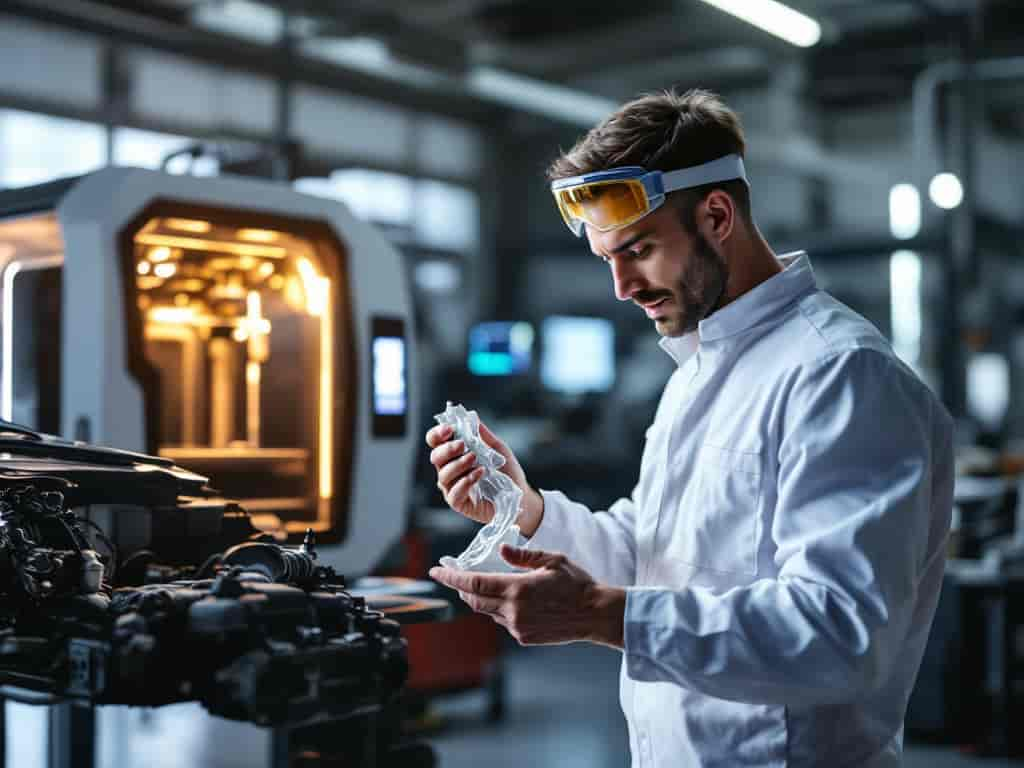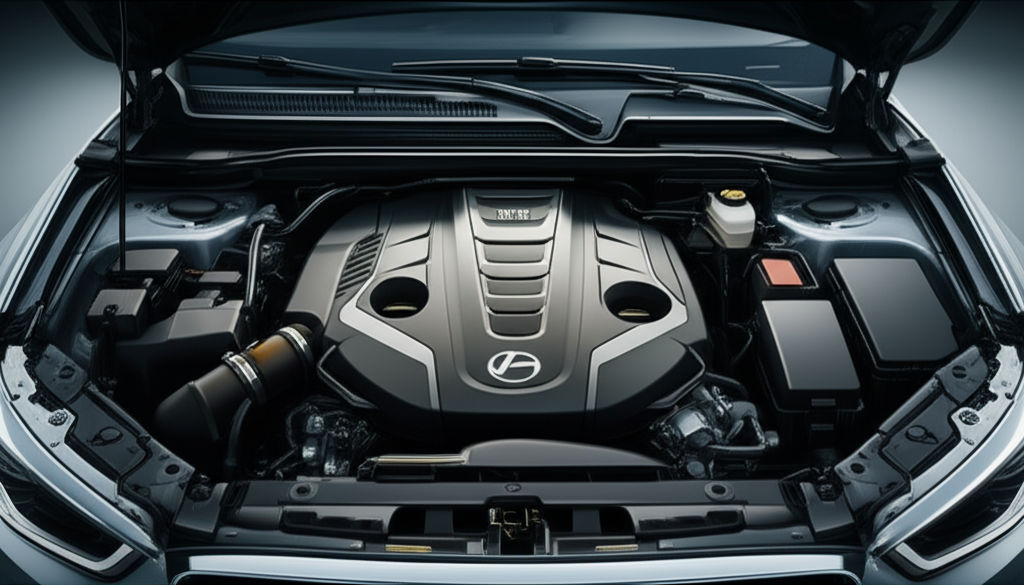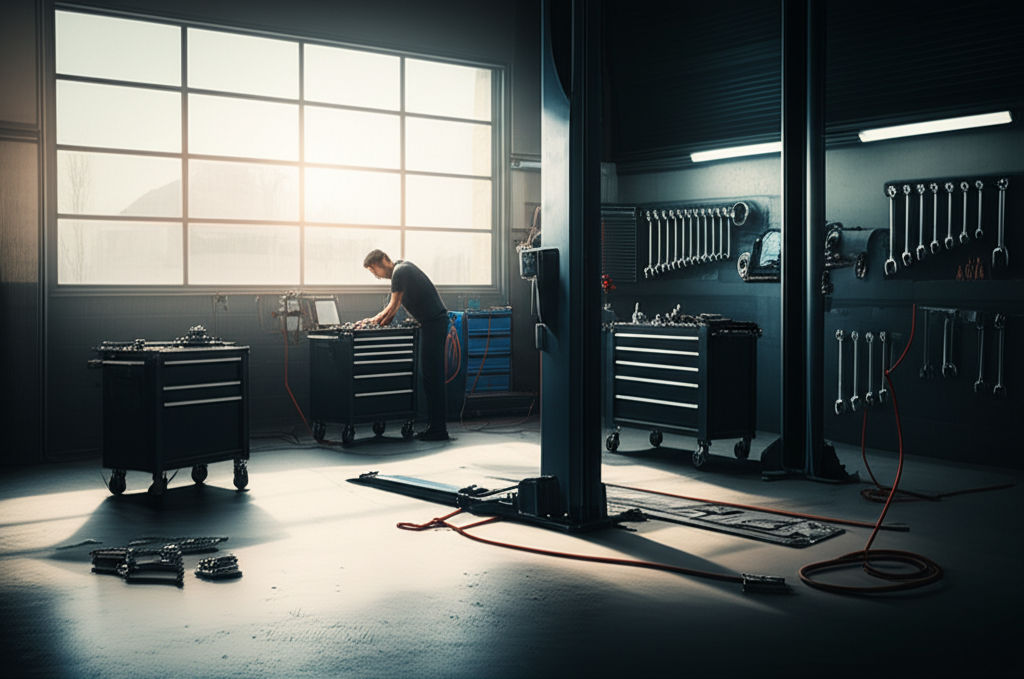3D Printing in Auto Repairs: 5 Amazing Applications
Ellie Moore

Photo: 3D Printing in Auto Repairs: 5 Amazing Applications
3D Printing in Auto Repairs: 5 Amazing Applications
The auto repair industry is no stranger to innovation. From diagnostic software to electric vehicles, technology has continuously reshaped the way vehicles are maintained and repaired. Among the latest advancements transforming this field is 3D printing. Once seen as a futuristic novelty, 3D printing is now a practical tool revolutionizing auto repairs in ways that save time, reduce costs, and even improve vehicle performance.
Let’s dive into the five amazing applications of 3D printing in auto repairs and how this cutting-edge technology is steering the industry into the future.
1. Rapid Prototyping and Custom Part Production
One of the most significant applications of 3D printing in auto repairs is rapid prototyping. Mechanics and engineers often encounter scenarios where traditional manufacturing processes are either too slow or expensive for one-off parts or prototypes. Here’s where 3D printing shines.
- Quick Turnaround: A 3D printer can create complex parts in a matter of hours instead of weeks.
- Customization: Need a bespoke part to fit an unusual modification? 3D printing allows for custom designs tailored to exact specifications.
- Cost Efficiency: Traditional molds for manufacturing are expensive, especially for small batches. 3D printing eliminates this need.
For example, a mechanic repairing a rare classic car may struggle to find replacement parts. Instead of scouring junkyards or relying on costly imports, they can simply scan the original part and reproduce it using a 3D printer.
2. On-Demand Replacement Parts
Imagine waiting weeks for a replacement part to arrive from a manufacturer. This delay not only frustrates customers but also impacts shop productivity. With 3D printing technology, many replacement parts can now be printed on demand.
- Minimizing Inventory: Auto repair shops can keep digital designs instead of physical stock, reducing inventory costs.
- Faster Repairs: Mechanics can print parts as needed, cutting wait times significantly.
- Eco-Friendly: On-demand production reduces waste and the carbon footprint associated with shipping parts globally.
Brands like Porsche are already embracing this approach. The company uses 3D printing to supply replacement parts for its vintage models, ensuring authenticity while maintaining efficiency.
3. Lightweight and Durable Upgrades
3D printing enables the creation of lightweight yet strong materials, making it an excellent tool for automotive upgrades. Materials like carbon-fiber-infused plastics or lightweight polymers are commonly used in 3D printing to manufacture components that are both durable and weight-efficient.
- Improved Fuel Efficiency: Reducing a vehicle's weight improves its fuel efficiency, a major selling point for eco-conscious drivers.
- Performance Enhancements: Lighter materials can boost vehicle handling and speed, ideal for motorsports or custom builds.
- Innovative Designs: 3D printing allows for intricate designs that traditional methods cannot replicate, resulting in parts with enhanced functionality.
For instance, a 3D-printed intake manifold can deliver optimized airflow for better engine performance.
4. Complex Repairs Made Simple
Structural and functional repairs often involve intricate components that are challenging to repair or replace. 3D printing simplifies these tasks by providing a direct solution to complex problems.
- Precision Repairs: A damaged component can be scanned, repaired digitally, and reprinted to exact specifications.
- Reduced Labor Costs: Time-consuming manual repairs can be replaced with quick printing solutions.
- Enhanced Compatibility: Printed parts are designed to seamlessly integrate with existing systems.
Take the example of cracked engine covers or broken air vents. Instead of replacing an entire assembly, mechanics can print the specific damaged section, saving time and money.
5. Tool and Jig Manufacturing
Auto repair shops require specialized tools and jigs to perform precision repairs. These tools can be costly and often need to be custom-made. 3D printing provides a fast, affordable solution.
- Custom Tooling: Mechanics can design and print tools for specific repairs, improving efficiency.
- Lower Costs: 3D-printed tools are far cheaper than their traditionally manufactured counterparts.
- Enhanced Durability: Many 3D printing materials, such as nylon and reinforced polymers, offer exceptional strength.
For example, a shop working on custom suspension systems might print a jig to hold components in place during assembly. This not only speeds up the process but also ensures accuracy.
Advantages of 3D Printing in Auto Repairs
To truly appreciate how revolutionary 3D printing is, here’s a quick look at its broader benefits:
- Cost Savings: Reduced labor, material, and shipping costs.
- Speed: Faster production and delivery of parts.
- Sustainability: Minimal waste and energy-efficient processes.
- Accessibility: Small-scale shops can compete with larger operations by leveraging affordable 3D printing technology.
Challenges to Consider
Despite its potential, there are some hurdles to widespread adoption of 3D printing in auto repairs:
- Initial Investment: High-quality 3D printers can be expensive.
- Material Limitations: Not all materials are suitable for automotive applications.
- Skill Gap: Mechanics need training in 3D modeling and printing technology.
Overcoming these challenges will require ongoing innovation, training, and investment.
Conclusion: The Road Ahead
3D printing is no longer just a buzzword it’s a transformative force in the auto repair industry. From producing on-demand parts to enabling lightweight upgrades, the applications are as varied as they are impactful. As the technology becomes more accessible, we can expect it to play an even greater role in streamlining repairs, reducing costs, and enhancing vehicle performance.
For auto repair shops and enthusiasts alike, now is the time to embrace the potential of 3D printing. It’s not just about keeping up with the competition it’s about leading the charge toward a more efficient, sustainable future.
FAQs About 3D Printing in Auto Repairs
1. What types of materials are used in 3D printing for auto repairs?
Common materials include ABS plastic, carbon-fiber composites, nylon, and metal alloys.
2. Is 3D printing suitable for all car parts?
While many parts can be printed, critical safety components like brake discs or airbags still rely on traditional manufacturing methods due to strict safety standards.
3. How much does a 3D printer for auto repairs cost?
Prices range from $1,000 for entry-level models to over $50,000 for industrial-grade printers.
4. Can 3D printing help with electric vehicle (EV) repairs?
Yes, 3D printing can create specialized parts and tools for EV maintenance, such as custom battery housings or lightweight components.
5. What’s the future of 3D printing in the automotive industry?
The future is bright! As materials and technologies improve, we’ll see even more applications, from autonomous vehicle parts to sustainable manufacturing.
Finance & Investment
View All
January 4, 2025
How to Use Market Analysis to Identify TrendsLearn how market analysis can help you identify emerging trends and adapt your business strategy for long-term success.
Ellie Moore

June 2, 2025
AMD Stock on Yahoo FinanceUnlock top search rankings and audience trust with expert SEO content. Discover how E-E-A-T principles drive authority and online success.
Ellie Moore

October 13, 2025
Finance Certifications Worth GettingMaster SEO in 2025! Discover how expert content, built on Google's E-E-A-T, drives rankings, trust, and organic traffic for your business.
Ellie Moore

July 1, 2025
Capitol One Auto Finance UpdatesMaster expert SEO content to dominate search, build authority, and drive conversions. Go beyond keywords with valuable, people-first content for top rankings.
Ellie Moore

November 27, 2025
ANF Auto Finance ExplainedUnlock your online potential! Expert SEO content drives traffic, boosts rankings, and builds authority with valuable, optimized material for success.
Ellie Moore

January 26, 2025
Principal Finance in Business ExplainedMaster expert SEO content! Learn to leverage E-E-A-T, deep keyword research, and value-driven content to dominate search and connect with your audience.
Ellie Moore
Insurance
View AllUnlock superior protection with a premium insurance quote. Mitigate risks, ensure financial stability, and gain peace of mind for your business or personal need...
Ellie Moore
Don't leave assets vulnerable! Premium Shelter Insurance offers unparalleled protection, comprehensive coverage, and financial stability for policyholders & ris...
Ellie Moore
Tired of overpaying for auto insurance? This guide helps you find optimal coverage, compare quotes, and secure savings for peace of mind on the road.
Ellie Moore
Secure your assets & optimize risk management with Premium Bristol West Insurance. Get comprehensive auto coverage, quotes, and essential protection today.
Ellie Moore
Find top-rated home insurance to protect your biggest investment. Get insights on best rates, comprehensive policies, and efficient claims for peace of mind.
Ellie Moore
Explore Nationwide Pet Insurance: plans, costs, coverage, claims, waiting periods, and market trends. Your ultimate guide to protecting your beloved pet.
Ellie Moore
Education
View AllTake learning beyond the textbook with experiential education. Discover how real-world experiences create lasting knowledge and skills.
Read MoreMultilingual education promotes diversity and cultural understanding. Learn why it matters and how it benefits students in a globalized world.
Read MoreHow does social media affect learning and behavior? Uncover the positive and negative effects of social platforms on students today.
Read MoreDigital citizenship teaches responsible tech use. Learn how to help students navigate the digital world safely and ethically.
Read MoreUnderstanding memory is key to better teaching. Learn how memory functions and how to use this knowledge to enhance teaching techniques.
Read MoreExplore the benefits of hybrid learning models. Learn how to balance online and face-to-face teaching for a more flexible education experience.
Read MorePopular Post 🔥
View All
1
2
3
4
5
6
7
8
9
10
Health





Automotive
View All
July 17, 2025
JP Automotive Offers Quality And Reliability
Experience unmatched quality & lasting reliability with JP Automotive. Your trusted partner for expert vehicle care & lasting peace of mind.

August 29, 2025
Silverlake Automotive Customer Approved Service
Tired of auto repair distrust? Silverlake Automotive is your customer-approved choice for reliable, transparent, and expert vehicle care.

February 8, 2025
Ride-Sharing’s Impact on Car Ownership Explained
Discover how ride-sharing services are changing car ownership. Learn about the economic and environmental effects of this evolving trend.

August 31, 2025
Z Automotive Tazer Features And Benefits
Unlock your vehicle's true potential with Z Automotive Tazer! Gain control, customize settings, and boost performance for Jeep, Dodge, Chrysler, Ram.

July 16, 2025
Where To Find Automotive Technician Jobs Now
Passionate about cars? Discover the booming demand for automotive technician jobs. Explore diverse roles and a promising future in auto tech!

February 5, 2025
Must-Have Tools for Every DIY Mechanic
Are you a DIY mechanic? Equip yourself with these essential tools for hassle-free car repairs and maintenance. See what every toolbox needs!


















